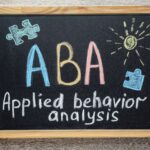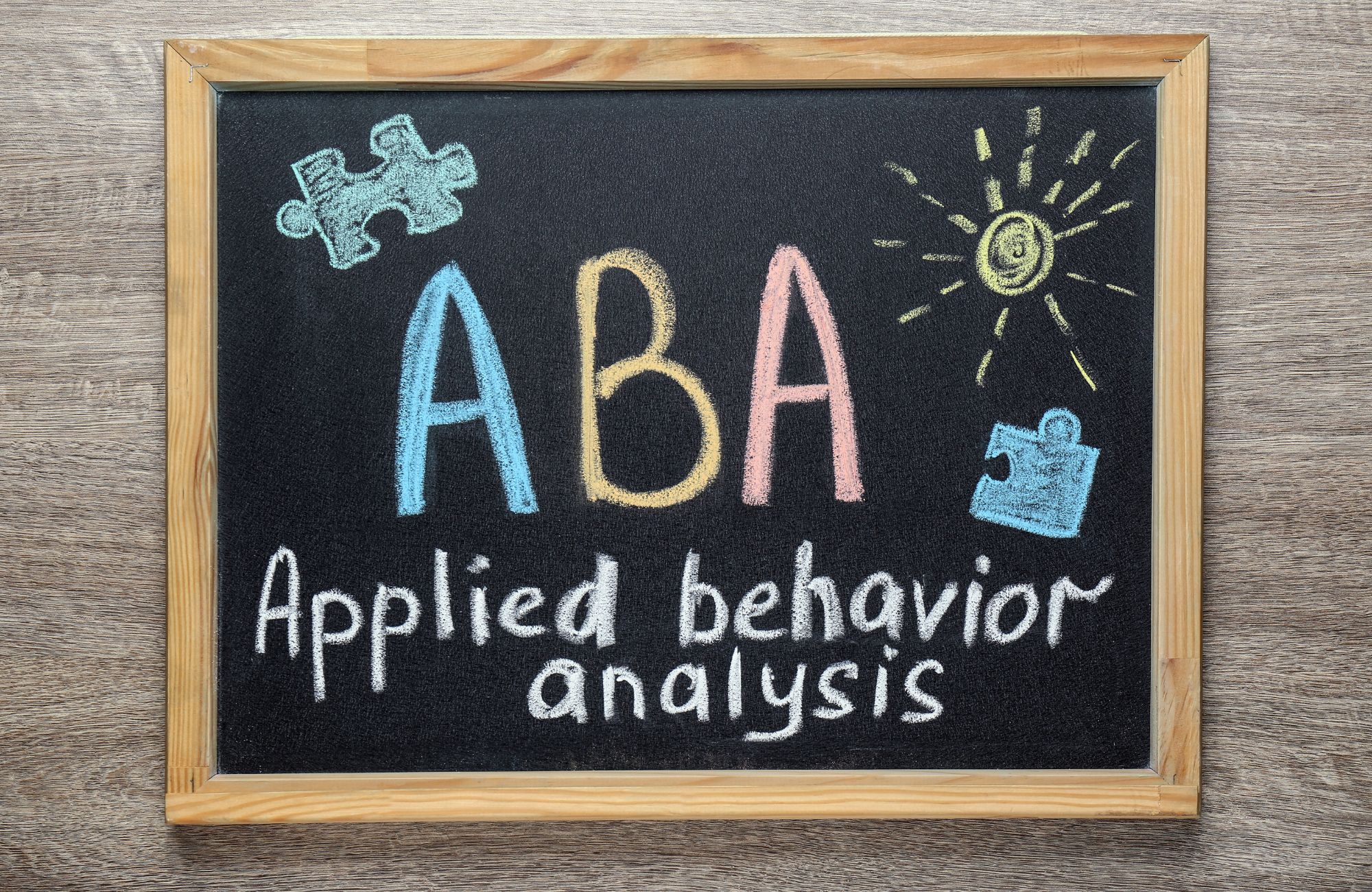In just two decades, the number of students with autism receiving educational services has skyrocketed from fewer than 100,000 to over 700,000 nationwide. This remarkable increase means that virtually every educator today will encounter autistic students in their classroom, making it essential to understand how to teach children with autism effectively.
Whether you’re an experienced teacher or new to working with autistic children, this guide provides practical, research-backed strategies that support students with autism spectrum disorder while benefiting your entire classroom.
Understanding Autism in the Classroom
What Makes Autism Different
Autism spectrum disorder is a developmental disability, not a learning disability. While learning disabilities affect specific skills like reading, autism impacts communication, social interaction, and behavior patterns. This distinction is crucial because it shapes how we approach teaching students with autism.
Many children with autism have unique strengths alongside their challenges:
- Strong attention to detail
- Excellent memory for specific subjects
- Logical, systematic thinking
- Visual learning abilities
Common Characteristics Affecting Learning
- Communication Differences: Autistic students often interpret language literally. Phrases like “it’s raining cats and dogs” can be confusing. Some students are nonverbal and need alternative communication methods.
- Social Challenges: The unwritten rules of social interaction can be difficult for autistic children to understand naturally. They might miss facial expressions or struggle with group activities.
- Sensory Sensitivities: Research shows 69-93% of autistic people experience sensory issues. Classroom lights, sounds, or textures can be overwhelming or under-stimulating.
- Need for Routine: Unexpected changes can cause distress. Autistic students thrive with clear routines and advanced notice of schedule changes.
Essential Teaching Strategies
1. Create a Structured Environment
- Visual Schedules: Use picture schedules to show the daily classroom routine. This helps students understand what comes next and reduces anxiety about transitions.
- Clear Routines: Establish consistent routines for daily activities such as morning arrival, transitions, bathroom breaks, and end-of-day cleanup. This structure helps students feel secure and reduces anxiety.
- Physical Organization: Designate specific areas for different activities. Label shelves and storage areas with both words and pictures.
2. Manage Sensory Needs
- Reduce Sensory Overload: Create a calmer classroom by using soft lighting, minimizing background noise, offering quiet break areas, and placing seating away from high-traffic spots. These adjustments support sensory regulation and help students stay focused.
- Sensory Tools: Offer fidget toys, noise-canceling headphones, or weighted lap pads to help students regulate their sensory needs.
- Movement Breaks: Allow students to take sensory breaks when needed. This prevents meltdowns and helps maintain focus.
3. Use Clear Communication
Use clear, direct language by avoiding metaphors, sarcasm, or abstract expressions, and say exactly what you mean to avoid confusion. Break complex tasks into smaller, manageable steps to support understanding and allow extra processing time after giving directions so students have time to respond. Whenever possible, frame instructions positively. Saying “Please walk” is more effective than saying “Don’t run” because it focuses on the desired behavior.
4. Support Social Skills
Promote social development by pairing autistic students with positive role models who can demonstrate appropriate behavior, providing structured social time with clear expectations, and using social stories to explain common interactions. Encourage peer connections and ensure students engage with classmates rather than interacting only with aides.
5. Implement Positive Behavior Support
- Applied Behavior Analysis Principles: Use natural rewards that connect to desired behaviors. If a student loves trains, use train activities as motivation. This makes reinforcement more meaningful and encourages repeated positive behavior.
- Descriptive Praise: Be specific about what the student did well. “I like how you put your materials away neatly” is better than just “Good job.” Clear praise helps students understand exactly what behavior is being reinforced.
- Consistent Expectations: Post visual rules and refer to them regularly. Help students understand why rules exist. This builds predictability and promotes self-regulation.
- Prevent Problems: Identify triggers for challenging behaviors and modify the environment to prevent issues. Being proactive reduces disruptions and supports a calm learning atmosphere.
Academic Support Strategies
Reading and Language Arts
Many autistic students struggle with reading comprehension, particularly when it comes to inferential thinking. Support them by using visual aids like graphic organizers and picture books, selecting reading materials tied to their interests, clearly explaining figurative language, and breaking down complex texts with summaries and study guides.
Math and Problem-Solving
Autistic students often excel at systematic thinking, which can be a strength in math. Support their learning by using visual tools like manipulatives and diagrams, breaking word problems into clear steps, connecting lessons to real-life situations, and highlighting patterns and sequences to reinforce understanding.
Executive Functioning Support
Many autistic students benefit from support with organization and planning. Use visual checklists for multi-step tasks, timers and schedules for time management, and clear systems for organizing materials. Breaking larger projects into smaller, manageable parts also helps students stay focused and on track.
Working with Families and Teams
Home-School Communication
Maintain open communication with families by regularly sharing what works in the classroom, using “About Me” sheets to understand each student’s preferences and triggers, and aligning behavior plans and teaching strategies between home and school for consistency.
Professional Collaboration
Collaborate closely with IEP teams, including special education staff and therapists by tracking student progress, sharing data, and establishing clear crisis plans to manage challenging behaviors effectively. Regular team meetings help ensure everyone stays aligned on the student’s goals. Open communication builds trust and creates a more supportive environment for the child.
Technology and Modern Tools
Assistive Technology
Use communication apps like Proloquo2Go to support nonverbal students, digital visual schedule apps to provide a customizable daily structure, and specialized learning software to reinforce skills tailored to autistic learners. These tools help bridge communication gaps and create more predictable routines. Integrating technology in the classroom can boost engagement and support individualized learning needs.
Classroom Technology
Interactive whiteboards offer visual and tactile learning experiences, while tablets provide customizable, individual learning tools tailored to each student’s needs. Recording devices can support students who benefit from hearing instructions multiple times. These technologies enhance engagement, accommodate diverse learning styles, and help reinforce key concepts.
Age-Specific Considerations
Elementary Years (Ages 6-11)
- Focus on routine establishment and basic social skills
- Use concrete examples and hands-on learning
- Build independence gradually with visual supports
Middle School (Ages 11-14)
- Address increasing social complexity
- Teach self-advocacy skills
- Support executive functioning development
High School (Ages 14-18)
- Emphasize transition planning and life skills
- Develop workplace social skills
- Foster independence and self-determination
Common Challenges and Solutions
Handling Meltdowns
Manage meltdowns effectively by identifying triggers and adjusting the environment to prevent escalation. During an episode, remain calm, offer space, and use minimal language to avoid overstimulation. Afterward, allow time for recovery and gently discuss alternative coping strategies.
Addressing Repetitive Behaviors
Understand the function of a behavior, whether it’s a way to self-soothe, communicate a need, or seek attention. Redirect the student when necessary by offering appropriate alternatives, but avoid eliminating behaviors that may be beneficial. Some repetitive actions help students focus and regulate their emotions.
Supporting Transitions
Support smoother transitions by giving students advance notice of upcoming changes, using visual cues like timers or signals, and practicing new routines beforehand. These strategies help reduce anxiety and make shifts in activities more predictable and manageable.
Building an Inclusive Classroom
Creating a welcoming classroom benefits every student by embracing diverse needs and abilities. Teaching students about neurodiversity encourages understanding and acceptance, helping all children feel seen and valued.
Offer flexible seating to accommodate different sensory preferences and provide multiple ways for students to participate and demonstrate knowledge. Encouraging peer support and inclusivity fosters a sense of belonging and empowers neurotypical students to be active allies.
Professional Development and Growth
Effective autism support begins with essential training in key areas. Educators should build a strong foundation in autism awareness, recognizing the wide range of individual differences across the spectrum. Training in evidence-based practices, crisis intervention techniques, and legal responsibilities ensures that teachers can respond confidently and appropriately in diverse situations.
Ongoing learning is just as important. Stay current with evolving research and best practices, collaborate with colleagues to exchange ideas, and regularly reflect on your teaching strategies. Continuous growth helps create a more inclusive and effective learning environment for all students.
Conclusion
Teaching children with autism requires thoughtful planning, collaboration, and a deep understanding of individual needs. With the right strategies such as structured routines, clear communication, sensory support, and inclusive practices, educators can create classrooms where autistic students feel understood, supported, and empowered to thrive. As autism rates continue to rise, building these skills is not just helpful but essential for today’s classrooms.
At Affinity ABC, we are committed to supporting both educators and families in New Mexico with evidence-based tools and compassionate guidance. Whether you are a teacher looking to better support your autistic students or a parent seeking collaborative solutions, our team is here to help. Contact us today to learn more about our autism services and how we can work together to build brighter futures.
FAQs
What is the best teaching method for autism?
Applied Behavior Analysis (ABA) combined with structured teaching and visual supports shows the strongest research evidence. The most effective approach uses individualized strategies that reinforce positive behaviors based on each child’s unique strengths.
How do autistic children learn best?
Autistic children learn best through visual supports, structured routines, and clear instructions that break tasks into smaller steps. They thrive in predictable environments with minimal sensory distractions and achieve academic success when learning connects to their interests.
What are the daily activities for autism?
Effective activities include structured learning with visual schedules, sensory breaks, social skills practice, and routine-based transitions. These work best within an inclusive education environment that incorporates the child’s interests.
How to effectively communicate with children with autism?
Use direct, literal language, avoiding metaphors, give extra processing time, and support communication with visual aids. When teaching kids with autism, keep instructions simple and be patient as they need more time to process information.









